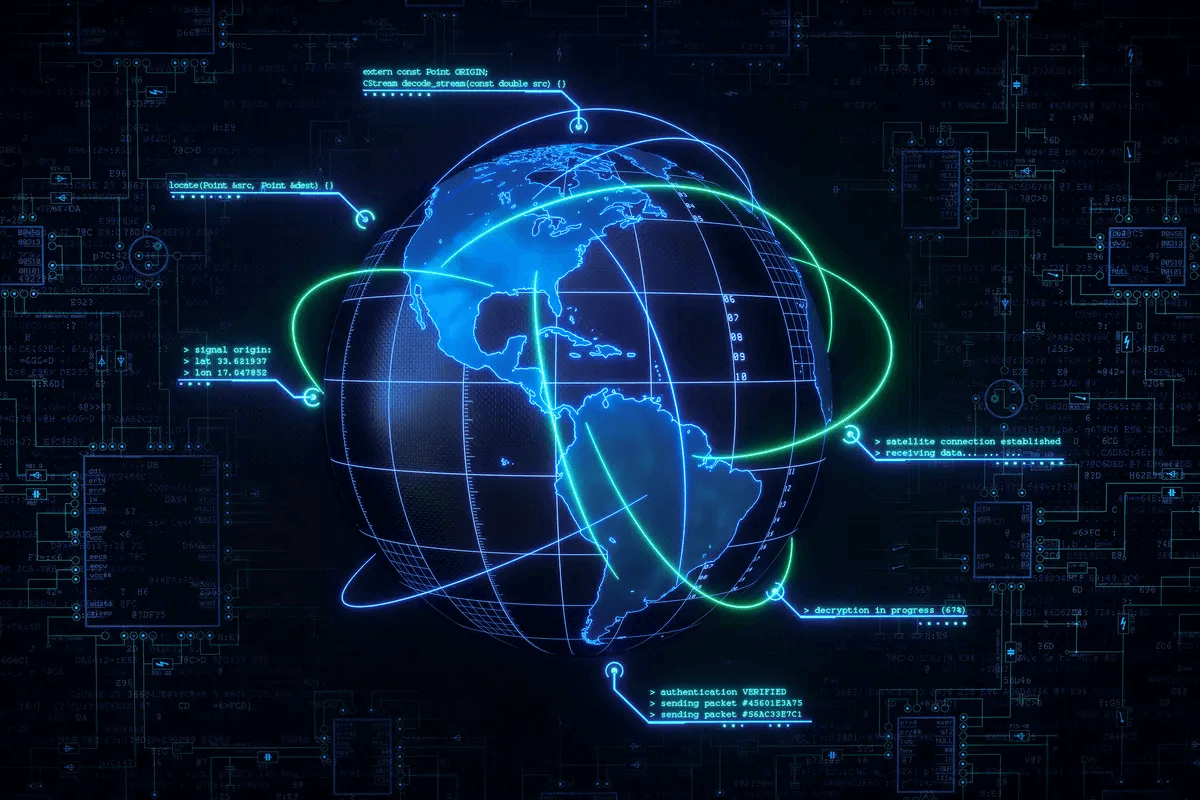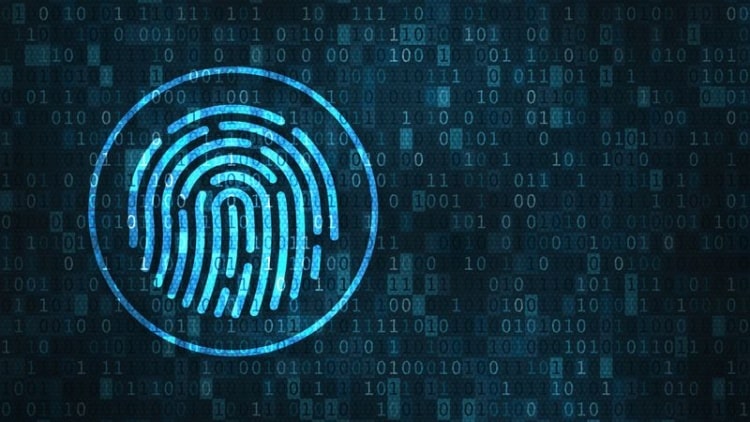As Chief Technology Officer, I have a unique perspective on the state of the industry and the direction it is headed. In this blog post, I’ll be sharing my thoughts on the future of cybersecurity, including predictions and trends that I believe will shape the industry in the years to come.
The Evolving Threat Landscape
Cybersecurity is a constantly evolving field, with new threats emerging all the time. Just as viruses and bacteria are constantly mutating and evolving, so too are the tactics and techniques used by cybercriminals. In order to stay ahead of these threats, we must be proactive in our approach to cybersecurity and stay attuned to the latest trends and developments.
Predictions for the Future of Cybersecurity
So what does the future of cybersecurity hold? Based on my observations and analysis, here are a few predictions for the next few years:
- Quantum Computing: Quantum computing is set to revolutionize many industries, including cybersecurity. While quantum computers have the potential to greatly increase computational power, they also pose a significant threat to current cryptography methods. As quantum computers become more prevalent, we’ll need to develop new cryptography methods that are secure against quantum attacks.
- Artificial Intelligence: Artificial intelligence (AI) will play an increasingly important role in cybersecurity. AI algorithms can help us detect and respond to threats faster and more effectively. However, we must also be aware of the potential risks posed by AI, such as the development of autonomous cyberattacks.
- Internet of Things (IoT): IoT devices are becoming increasingly ubiquitous, and they present a growing security challenge. As the number of connected devices continues to grow, so too will the number of potential attack vectors. We’ll need to develop new security measures to protect these devices and ensure the security of the IoT as a whole.
- Cloud Security: As more and more organizations move their data and applications to the cloud, cloud security will become a major focus. We’ll need to develop new security measures to protect cloud systems and ensure the privacy and security of sensitive data.
- Automation: Automation will play a major role in the future of cybersecurity. Automated security tools and systems will be able to detect and respond to threats faster and more effectively, freeing up security teams to focus on more strategic tasks.
- Human Factor: Despite all the technological advancements in cybersecurity, the human factor remains one of the biggest security risks. We’ll need to focus on educating and training users on how to stay safe online and avoid falling for social engineering attacks.
- Regulation and Compliance: As the digital world becomes increasingly regulated, organizations will need to focus on meeting compliance requirements and ensuring that their systems and processes are secure.
The Importance of Collaboration in the Future of Cybersecurity
As the old saying goes, “there is strength in numbers.” This is especially true in the world of cybersecurity, where the threats are constantly evolving and the stakes are high. In order to stay ahead of the curve and protect ourselves and our organizations, we must work together and collaborate as a community.
Collaboration has numerous benefits in the field of cybersecurity, including:
- Sharing of Information and Intelligence: By sharing information and intelligence, organizations can stay informed about the latest threats and develop more effective countermeasures.
- Pooling of Resources: By pooling resources, organizations can leverage the expertise and experience of others to develop more comprehensive and effective security solutions.
- Strengthening of Defenses: Collaboration allows organizations to build stronger defenses by pooling knowledge and resources to develop more secure systems and processes.
The Importance of Public-Private Partnerships
One of the most important forms of collaboration in cybersecurity is the public-private partnership. By working together, government agencies and private organizations can share information, pool resources, and develop coordinated responses to cyber threats. This type of collaboration is essential for protecting national security and critical infrastructure, and for ensuring the safety and privacy of citizens.
The Importance of Staying Ahead of the Curve
The world of cybersecurity is constantly evolving, and it’s essential that we stay ahead of the curve. The stakes are high, and the consequences of a security breach can be devastating. Imagine a world where cybercriminals have the power to control your home’s heating and lighting, or where they can steal your personal and financial information with a few clicks of a mouse. It’s a dystopian future that we must work to prevent.
The future of cybersecurity is uncertain, but one thing is certain: we must be proactive in our approach to security. By staying attuned to the latest trends and developments, and by investing in new technologies and techniques, we can ensure that we are prepared for whatever the future may bring.
The future of cybersecurity is exciting, and it’s essential that we embrace the changes and opportunities that lie ahead. By staying ahead of the curve, we can protect ourselves and our organizations from the many threats that exist in the digital world. As the great science fiction writer William Gibson once said, “The future is already here — it’s just not very evenly distributed.” Let’s work to distribute the benefits of a secure digital future to everyone.






